

Choosing the right wood screws for your project is crucial for a strong and lasting result. With a wide variety of types available, understanding the differences is key to success. This guide breaks down the common types of wood screws, highlighting their unique characteristics and applications. Whether you're a seasoned professional or a DIY enthusiast, this resource will equip you with the knowledge to select the perfect wood screws for any woodworking task.
Before diving into the different types, let's familiarize ourselves with the basic components of a wood screw. A typical wood screw comprises a head, shank (body), threads, and point. The head is what you drive into the wood, while the shank is the long, cylindrical part connecting to the head and point. The threads are helical ridges that cut into the wood, providing holding power. Finally, the point penetrates the wood, allowing for easier insertion.
The head type significantly impacts both aesthetics and functionality. Common head types include:
The material of the wood screw affects its strength, corrosion resistance, and overall performance. Common materials include:
The drive type refers to the head's configuration, determining which screwdriver bit is necessary for installation. Common drive types include:
Selecting the appropriate wood screws involves considering several factors: material, application, head type, and drive type. For example, using stainless steel wood screws for outdoor projects prevents rust. Consider using countersunk screws for a clean, flush finish in fine woodworking.
Understanding screw sizes (length and diameter) and the importance of pilot holes is essential. Pilot holes prevent wood splitting and ensure a clean, professional finish. The appropriate pilot hole size varies depending on the wood screw size and the type of wood being used. Refer to manufacturer recommendations for the best results. Using the right size screw and pre-drilling pilot holes prevents damage to your work.
For more information on sourcing high-quality wood screws and other hardware, visit Hebei Muyi Import&Export Trading Co.,Ltd. They offer a wide variety of products and excellent customer service to ensure you find the right materials for your next project.
Selecting the correct wood screws is crucial for any successful woodworking project. This guide provides a comprehensive overview of the various types available, highlighting the key factors to consider when choosing the right wood screws for your specific needs. Remember to consider the material, head type, drive type, and size to achieve optimal results and ensure the longevity of your work. By understanding these fundamental aspects, you can enhance both the aesthetics and structural integrity of your projects.


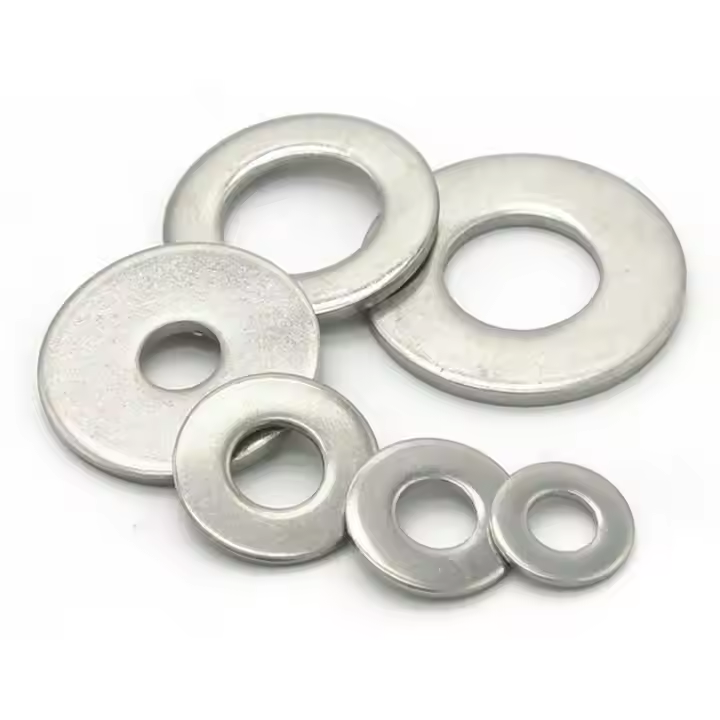
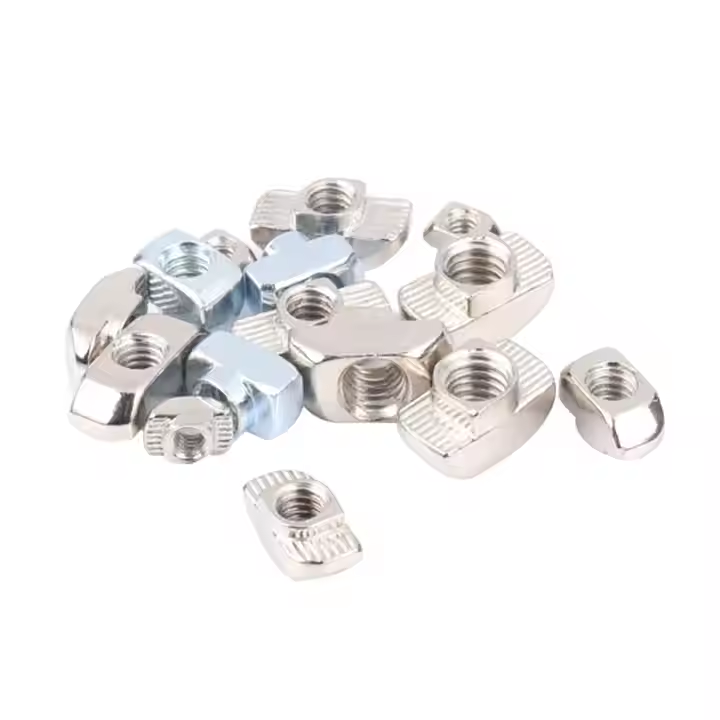

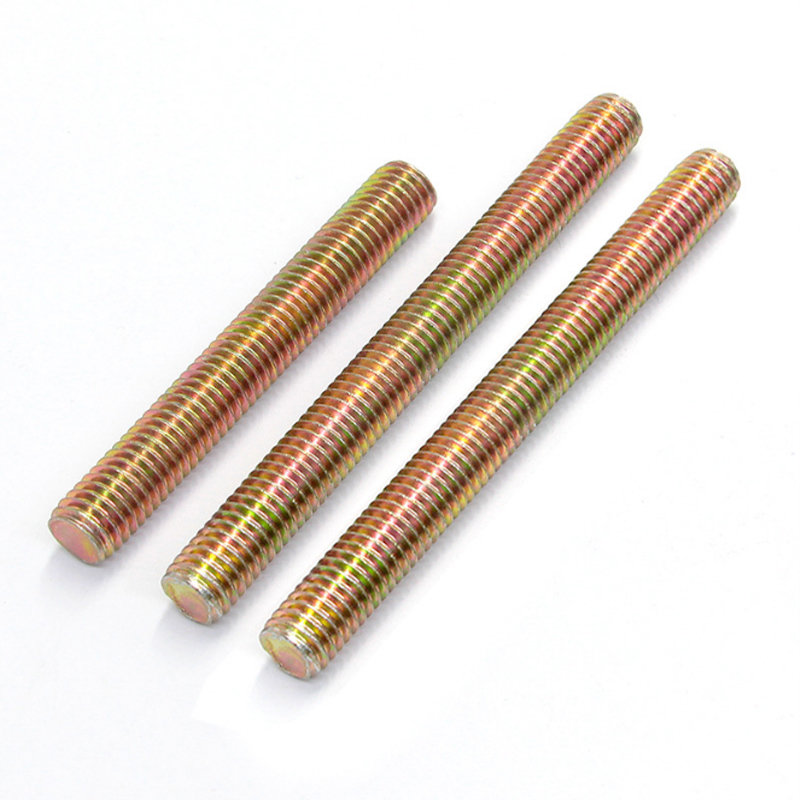
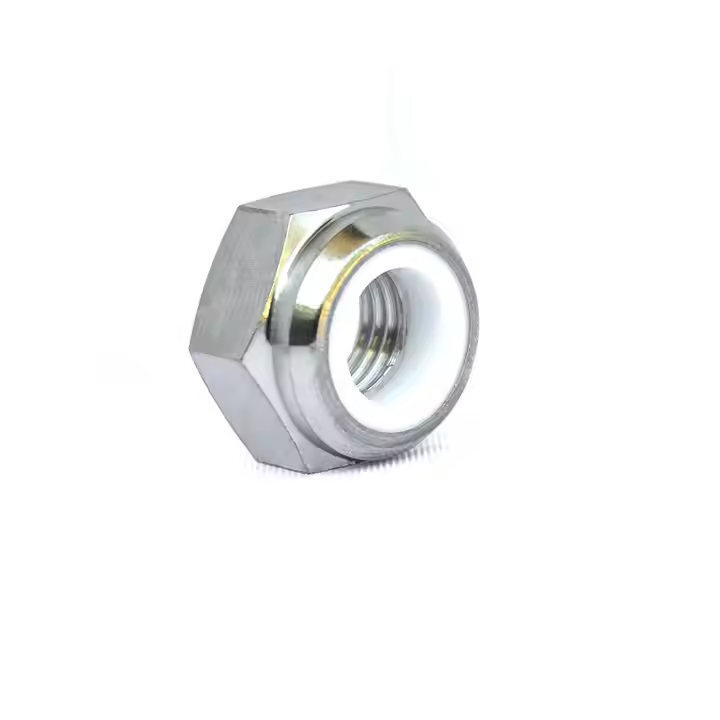
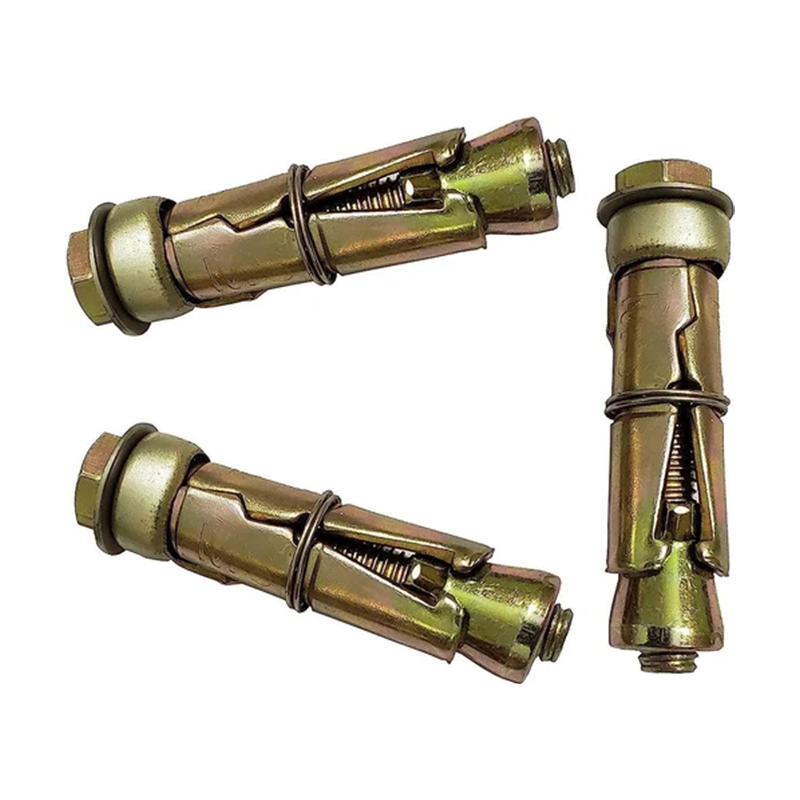
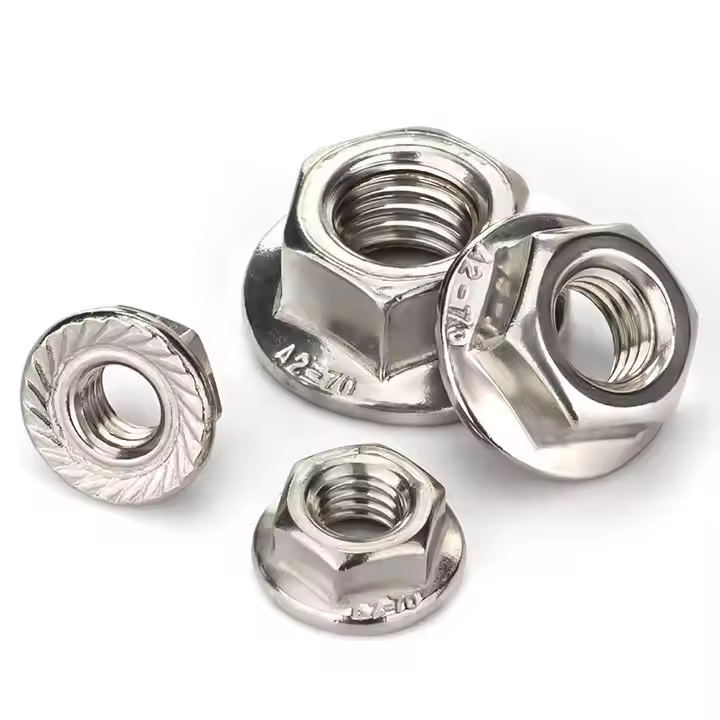

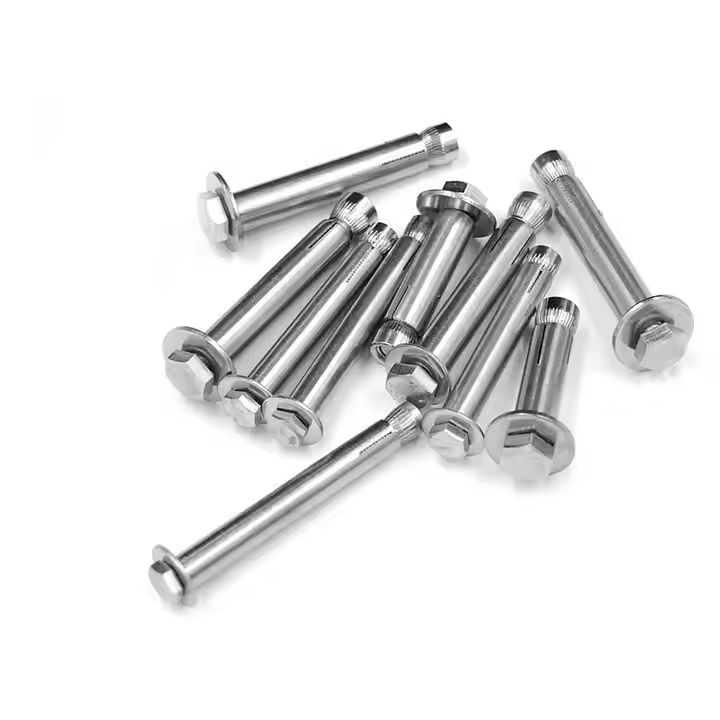
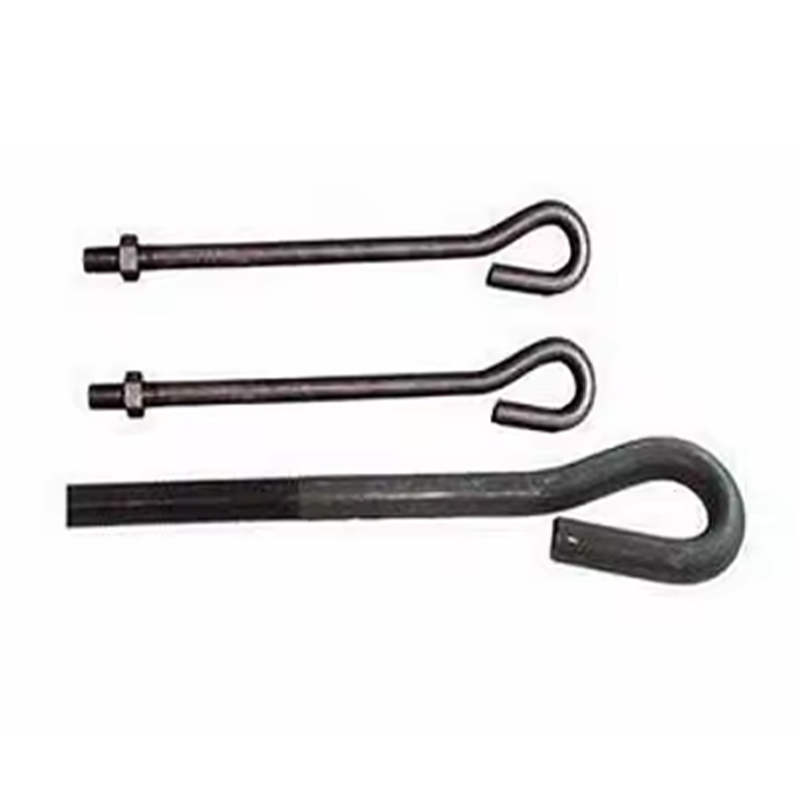
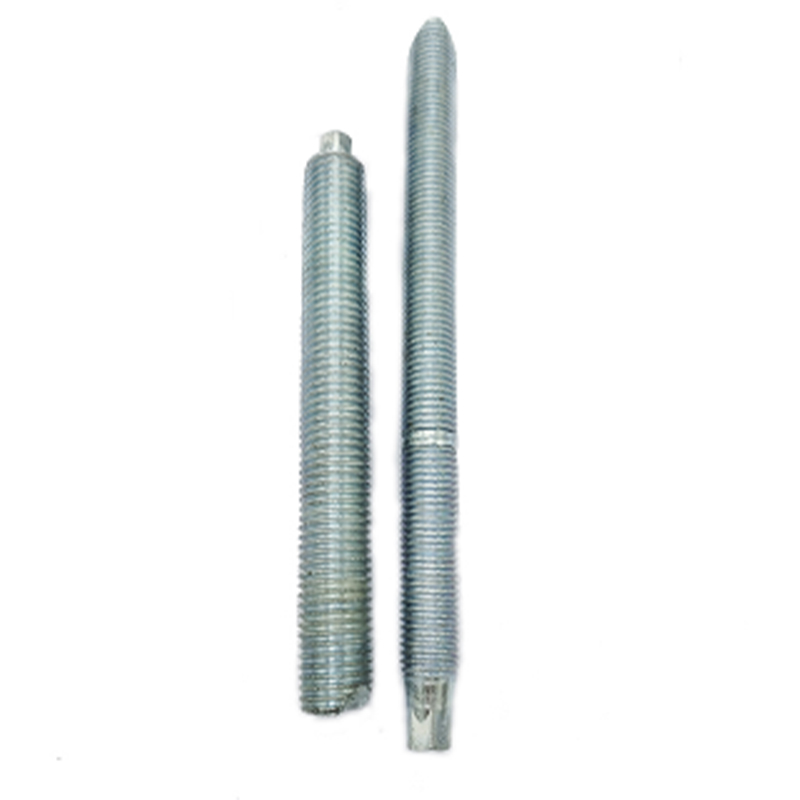
Please enter your email address and we will reply to your email.